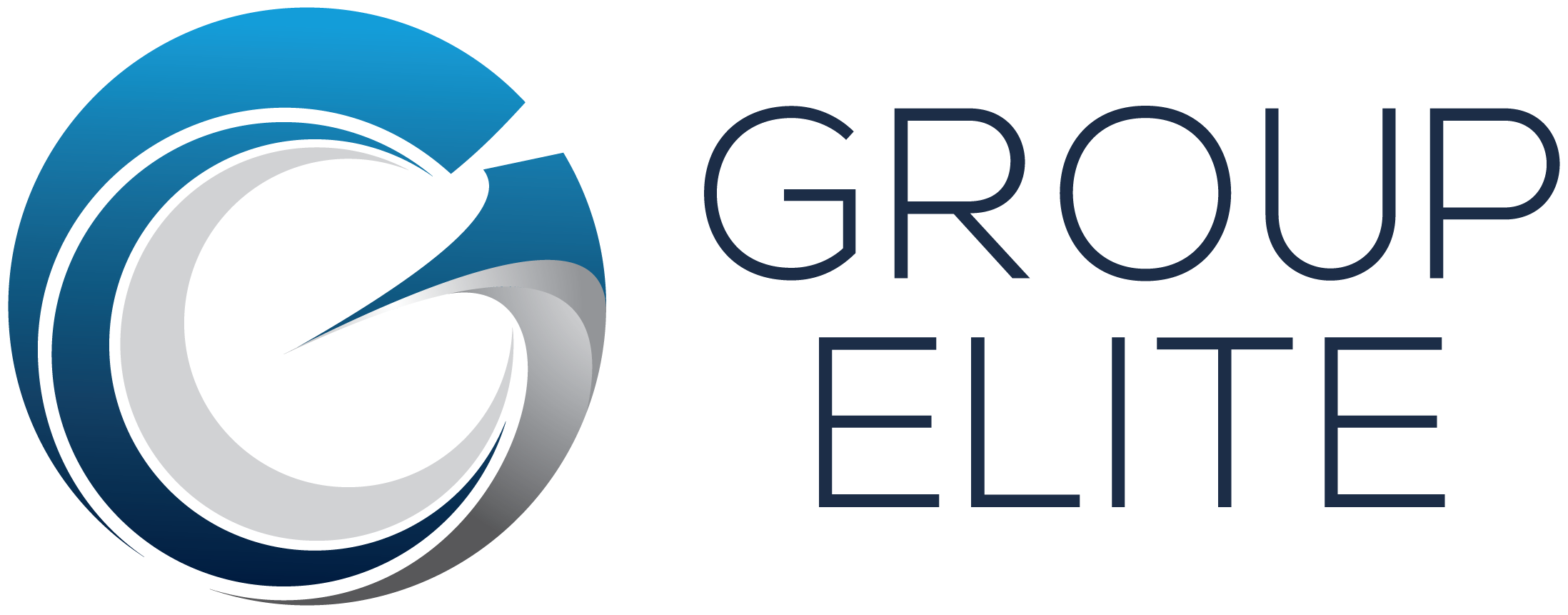Contact Centers are living, breathing, and constantly changing. Things like agent turnover, new product launches, new management/trainers, and new contact center technology can all impact how the center performs. That contact center sets a goal to produce meaningful interactions with each caller, and with all the moving parts a contact center has, accomplishing that goal is an art and a science to fully understand if you’re center is performing well or not. Through our years of experience at Group Elite, our consultants and trainers have been measuring, communicating, and driving contact center metrics that matter to help gauge customer satisfaction and contact center efficiency. So let's uncover Effective KPIs for Contact Center Scheduling.
What is a Contact Center KPI?
A Contact Center KPI (Key Performance Indicator or “metric) measures factors inside and outside of the contact center to determine if a contact center is running a successful operation or not. They are the heartbeat of a contact center and while they measure the health of the contact center and the agents, they are usually top of mind for contact center leadership. In fact, they are so important, they are often the core of projects we take at Group Elite called a Quick Win – short and targeted consulting engagement where we focus on a specific KPI and its outcome.
Below are 5 KPIs that that Group Elite believes matter for every contact center.
Average Abandonment Rate
Average Abandonment rate (or sometimes just called Abandonment Rate) refers to the percentage of callers that hang up before they reach a representative in a specific amount of time. This doesn’t include the time a caller spends in the phone menu choosing an option from the IVR (Interactive Voice Response), just the times in which the caller terminates the call after being added to a queue. The higher the percentage of abandonment, the worse it looks for the center because callers were frustrated enough to hang up. Typically contact centers also choose a threshold of time that constitutes an abandoned call; say 10 seconds. This eliminates the callers that hang up super quick, probably not because of wait-time frustration, but because they chose the wrong option in the phone menu. It is up to you and your contact center to set this threshold.
Let’s look at an example. Let’s say our abandonment rate is 15% and our threshold is 10 seconds. That means that 15% of callers hung up before reaching an agent after waiting more than 10 seconds. According to a benchmarking report by Talkdesk, an average abandonment rate is 5.91%. This would indicate a Workforce Management (WFM) staffing or scheduling shortfall that drives customer dissatisfaction.
On the other hand, let’s look at an example in which a contact center’s abandonment rate was 1.5%. At first glance, this might seem positive. However, having an abandonment rate below 3% could indicate that your WFM challenge is with overstaffing or schedules that are leading to increased contact center costs (This may be more of an indication of a very low ASA).
Average Speed of Answer (ASA)
Average Speed of Answer is the amount of time that it takes for a representative to answer the call after it was routed to the queue by the IVR system. This metric is used to gauge the accessibility the agents have to the caller.
Having an ASA at or around industry standard (28 Seconds identified by Dialpad) is not only a reflection of a well running contact center, but also is the first step to providing a positive experience for the caller. On the contrary, if your ASA is far below industry standard, that could be an indication of overstaffing or you contact center is not staffed efficiently.
There are several moving parts of the business that will contribute to a positive ASA. Forecasting: Having an accurate forecast gives you the best chance to anticipate future changes in call volume to staff appropriately. Scheduling: After you’ve done your forecasting, scheduling your reps in optimal schedules will ensure the right number of agents are working during the busiest intervals. For example, let’s say you have a team of nurses that provide an important service. In this case, it might be critical that this queue of people are accurately (even slightly over) forecasted & scheduled so that calls are answered in a very short amount of time. On the flip side, if you have a contact center handling account change updates that have less value, , it might be more focused on cost savings. In this scenario, you may want to be lenient on scheduling, thus causing a slightly higher ASA. It’s never good to intentionally create longer ASAs for callers, but if cost saving is a goal of the business, pushing the ASA slightly over industry standard while still providing a great experience for the caller may be ideal.
Average Handle Time (AHT)
Average Handle Time is the length of time a representative spends on the phone with the caller. Too high and this could mean more training is needed for the representative. Too low and this could mean there are performance issues with the rep. This metric is especially important to find the right average, that way you can set reasonable goals for your representatives.
Occupancy
Occupancy is calculated differently in many contact centers. At its core, it is:
SUM of Total Handle Time (Hold time, Aftercall work, Talk time)
Sum of Handle time + Available time
Occupancy can help you determine if your staffing levels are correct at any interval. Obviously the higher the better, but you must be aware that if occupancy is consistently very high, this could contribute to higher turnover due to burnout. We must remember that representatives are not robots. They need time in between calls to debrief and collect themselves.
Service Level Percentage
Service Level Percentage (SL%) is the most common way contact centers measure their efficiency. Service Level percentage is the number of calls answered within the pre-defined goal set by the Contact Center. The most common example is 80/20 SL goal. This means an organization expects that 80% of their calls are answered within 20 seconds. This metric can be measured at the 15 min, hour, day, week, month, or year increment. The higher the SL%, the happier the customer is. A higher SL% illustrates that the agents working in the center are working efficiently, that we accurately forecasted calls for that given time, and scheduling the correct reps at the correct times was done effectively.
While there are many more KPIs that businesses may use, I believe these are the core KPIs that every business should be measuring. These KPIs are also the most common factor when clients engage with Group Elite – these KPIs truly do keep managers and executives up at night. If there is a specific KPI that you’re concerned about, reach out. I’m happy to have a discussion with you.
To learn about other KPIs that matter, discover Quick Win engagements from Group Elite today.





